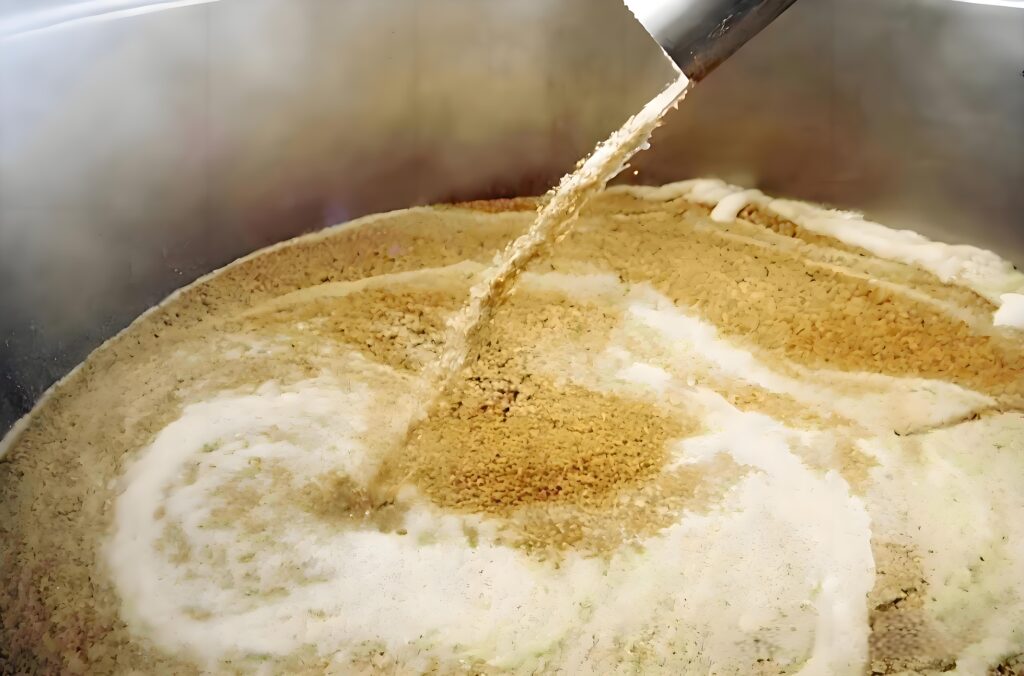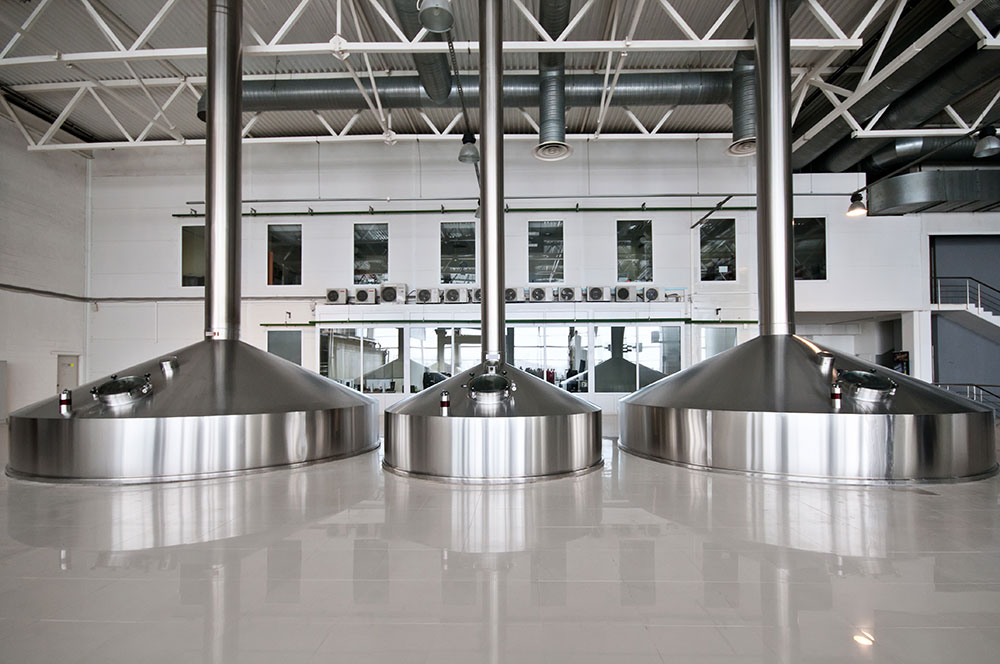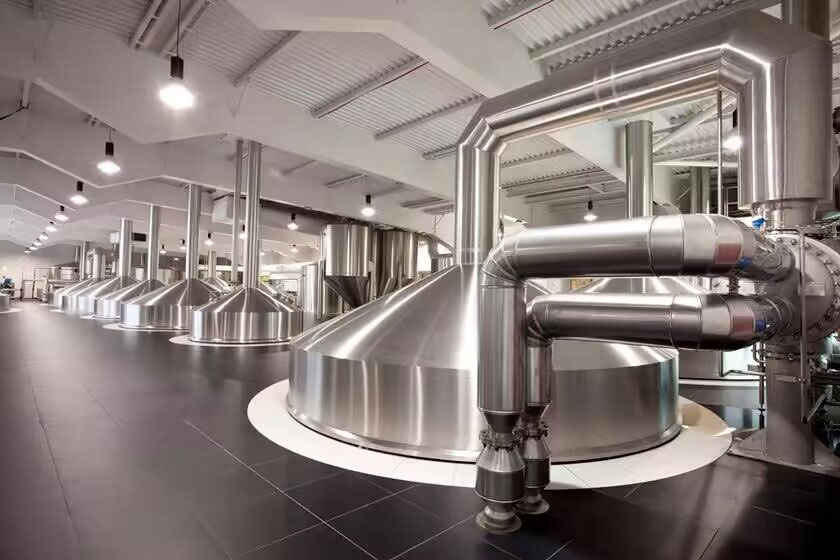The main material changes in the process of saccharification are the decomposition of starch, protein and β-glucose. The decomposition of these substances mainly depends on the action of enzyme, and the decisive factors of enzyme action are temperature and pH.

(1) The decomposition of starch in the process of saccharification is the continuation of starch decomposition in the process of germination, but the decomposition rate is much higher than that in the germination period. The decomposition of starch is the most important enzymatic reaction in the process of saccharification. Whether the starch is completely decomposed not only directly affects the production cost of beer, but also relates to the quality of beer (residual starch will lead to beer turbidity).
Amylase in malt mainly includes α-amylase, β-amylase, maltase, sucrase, dextrinase and R-amylase, among which the most important are α-amylase and β-amylase. The optimum temperature of α-amylase was 72 ~ 75 ℃, the optimum pH was 5.6 ~ 5.8. The optimum temperature of β-amylase is 60 ~ 65 ℃, the optimum pH is 5.4 ~ 5.5. In the process of saccharification, starch is decomposed into glucose, fructose, sucrose, maltose, maltotriose, oligodextrin and other products under the action of these enzymes. Oligodextrin is the main component of beer residual sugar, and other decomposition products can be used by yeast.
(2) Protein decomposition in the process of saccharification is also the continuation of the process of germination. The difference is that protein decomposition is mainly carried out in the process of germination, and the protein decomposition in the process of saccharification plays the role of adjustment and modification.
The effect of protein decomposition during saccharification directly affects beer fermentation and final product quality. High molecular protein can improve the beer’s roundness and palatability, and enhance its foam performance. However, too much will also reduce the non biological stability of beer, resulting in early turbidity of beer. Middle molecular nitrogen is related to the killing power and the persistence of beer. Low molecular nitrogen, as a nutrient of yeast, will also directly enter into the finished beer. During saccharification, the protein decomposition is moderate, and there is no need to add nitrogen source during the growth and reproduction of yeast. Therefore, the proportion of high molecular nitrogen, medium molecular nitrogen and low molecular nitrogen in mashed wort should be appropriate.
(3)The decomposition of β-Glucan is of great significance in beer brewing. On the one hand, the presence of β-dextran is beneficial to beer’s mellow and foam properties. On the other hand, β-dextran can cause wort and beer filtration difficult. The optimal temperature of β-glucanase is 40 ~ 45 ℃, and it is inactivated above 55 ℃. Therefore, when the malt quality is poor, low temperature feeding at 35 ~ 37 ℃ is adopted to strengthen the effect of β-glucanase, so that high molecular substances such as glucan and pentosan can be decomposed into dextrin and low molecular substances, which is very beneficial to reduce the viscosity of mash, improve saccharification and filtration.
(4)The changes of polyphenols were found in husk, endosperm, aleurone layer and storage protein layer, accounting for 0.3% ~ 0.4% of barley dry matter. In the process of saccharification, polyphenols are released while the extract is dissolved and the protein is decomposed. On the one hand, polyphenols are easy to oxidize, which can increase the colority of wort and make beer taste rough and bitter; on the other hand, some polyphenols are precipitated by combining with protein during saccharification and wort boiling, which is conducive to improving the non biological stability of beer.
(5) The change of lipids during glycosylation can be divided into two stages. In the first stage, glycerides and fatty acids were produced by lipase at 30 ~ 35 ℃ and 65 ~ 70 ℃,In the second stage, fatty acids were oxidized by lipoxygenase, especially at 30 ~ 50 ℃, the contents of linoleic acid and linolenic acid in mash decreased significantly.
When the wort is filtrated or precipitated poorly, there may be lipids entering the wort, which will adversely affect the beer’s foam.

(6) Under the action of phosphatase, the organic phosphate in malt is hydrolyzed and the phosphate is released, which reduces the pH of mash and weakens the decline of pH during wort boiling or fermentation.



